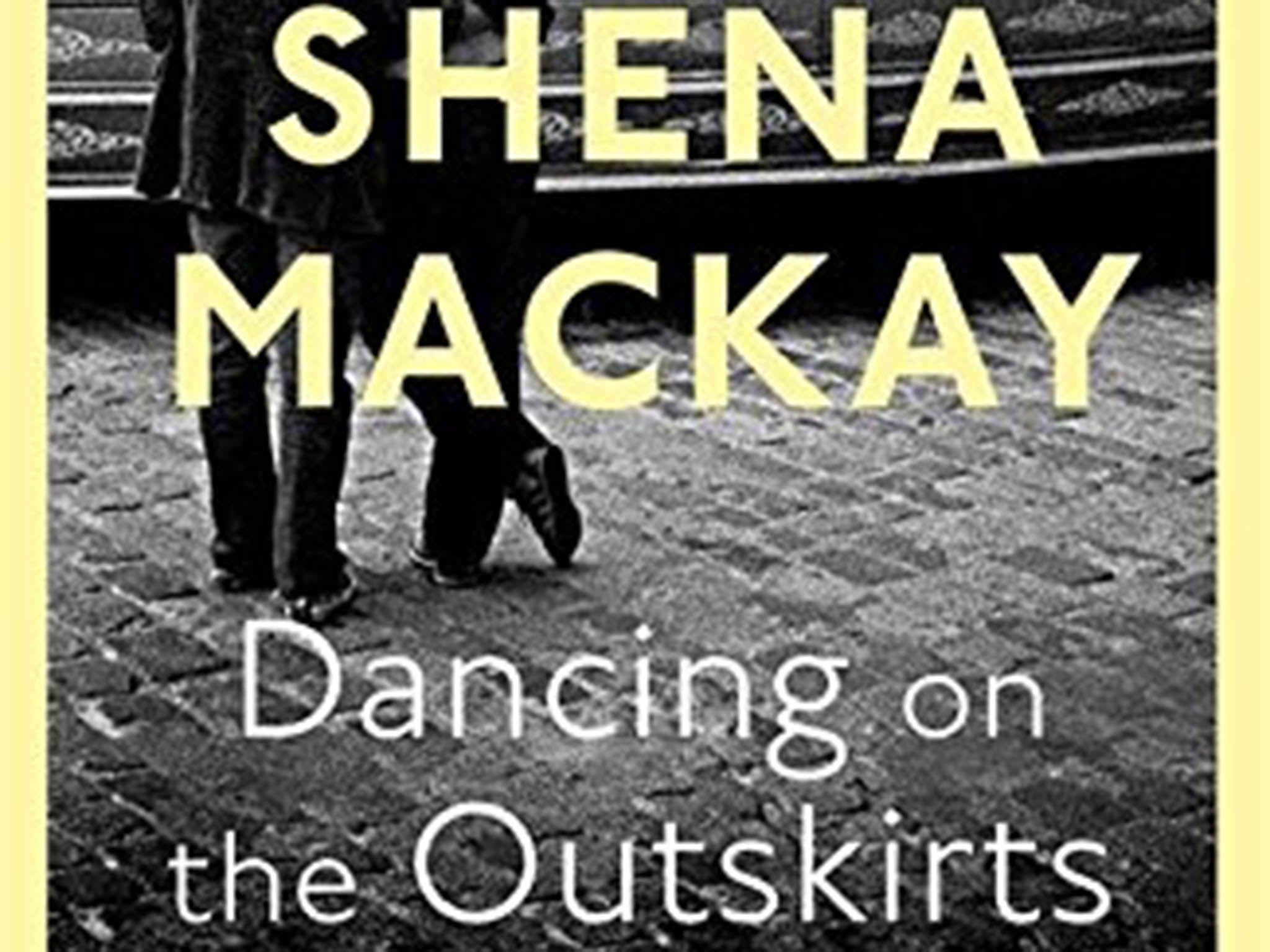Shena Mackay, Dancing on the Outskirts: 'Life beyond the fringe', book review
Mackay’s gift for colour crops up frequently, her visual observations glittering throughout the collection like jewels

Your support helps us to tell the story
From reproductive rights to climate change to Big Tech, The Independent is on the ground when the story is developing. Whether it's investigating the financials of Elon Musk's pro-Trump PAC or producing our latest documentary, 'The A Word', which shines a light on the American women fighting for reproductive rights, we know how important it is to parse out the facts from the messaging.
At such a critical moment in US history, we need reporters on the ground. Your donation allows us to keep sending journalists to speak to both sides of the story.
The Independent is trusted by Americans across the entire political spectrum. And unlike many other quality news outlets, we choose not to lock Americans out of our reporting and analysis with paywalls. We believe quality journalism should be available to everyone, paid for by those who can afford it.
Your support makes all the difference.In keeping with the title, most of the characters in Shena Mackay’s short story collection are fringe-dwellers: small-time thespians, spurned lovers, isolated artists. Their circumstances may be rooted in the everyday mundanity of a work trip or a bus ride, but through the chaos of their inner lives Mackay bestows on them all the energy and colour of a flamenco or, more messily, a dervish.
With about 20 story collections and novels to her name (one of which, The Orchard on Fire, was shortlisted for the Booker Prize in 1996), Mackay should be more widely celebrated.
She’s at the top of her game here, especially when she focuses on a single character and draws surreal contrasts between their fervid mental states and external realities.
This is the intersection from which she extracts much humour and poignancy, as with the obsessive teacher in “Electric-Blue Damsels” who, once summed up by his “pipe-smelling breath”, stalks a cinnamon-hued student with inept longing, from her jobs at a chippy and a pet shop to her performance in a local rock band.
Onstage, she wears “blue shoes with spiked heels that could tear a man’s heart out, sharp as the weapon of the sturgeon-fish, that has a retractable scalpel at the base of its tail.”
Mackay’s gift for colour crops up frequently, her visual observations glittering throughout the collection like jewels.
In “The Day of the Gecko”, a girl sports the “bruised purple fruit of love bites”; in “Grasshopper Green” an old woman’s hair, once “bright as a red squirrel”, is now a “grey-tawny pelt”.
In interviews Mackay has said she is synaesthetic, seeing words as colours, and this is a boon for her writing, studding it with vivid details that bring her stories to life.
She is a master of subtle irony, and there are few stories in Dancing on the Outskirts not fuelled by the comedy of unexpected juxtapositions and her skewering perception.
The day-dreaming photographer in “The Running of the Deer” imagines identities for the walkers she sees around Richmond Park: “There goes The Poet, she thought, flagellating himself like some medieval penitent.
With a supermarket carrier bag.” Ultimately, a greater punchline awaits when she discovers this romanticised figure is, in fact, a prosaically middle-class man with private school fees to pay.
Undercutting her characters’ expectations is one of many things that Mackay does exceptionally well, and she does it in a way that’s delightfully surprising for her readers, too.
Dancing on the Outskirts, by Shena Mackay. Published by Virago £16.99
Join our commenting forum
Join thought-provoking conversations, follow other Independent readers and see their replies
Comments